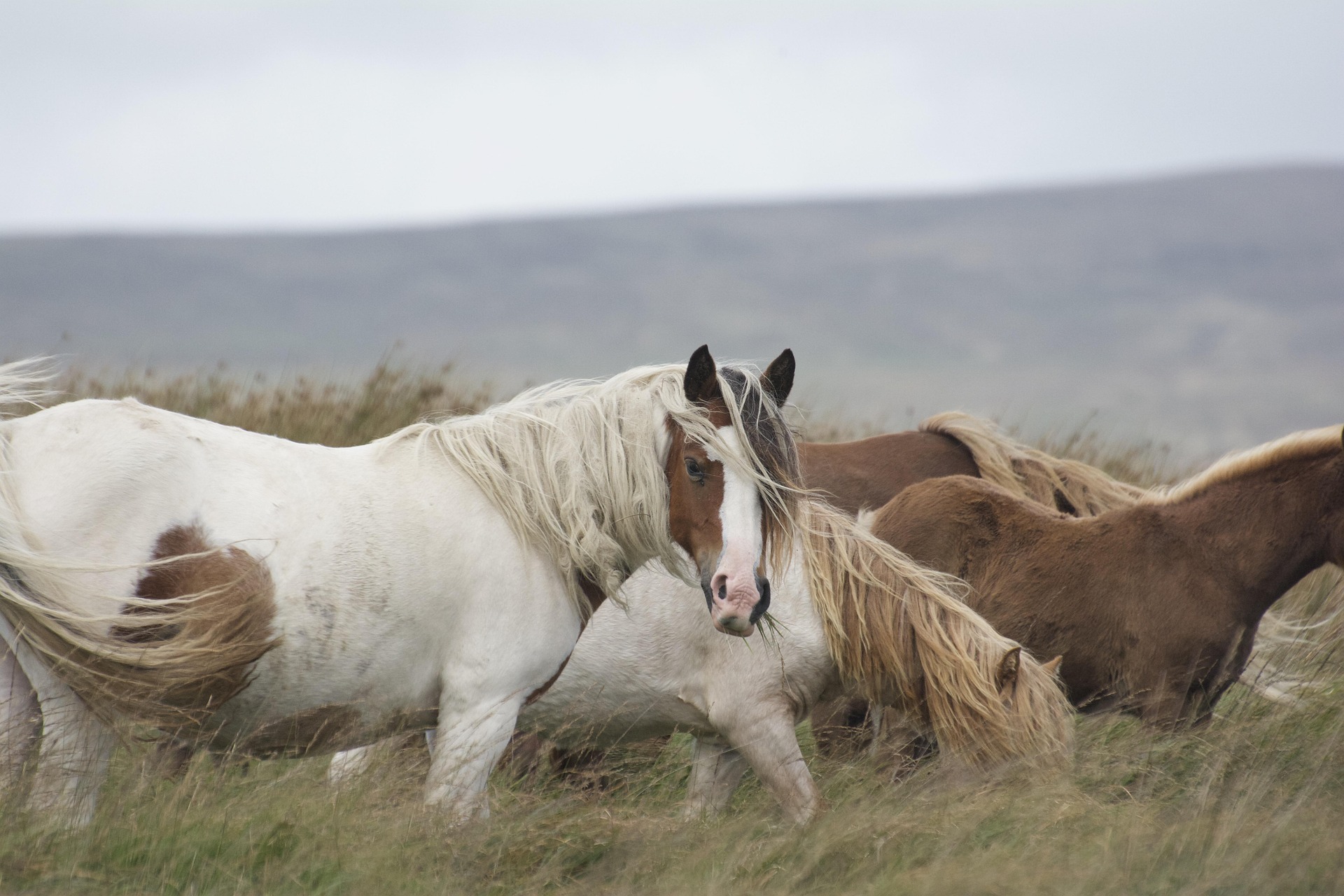Untamed Allure: America's Wild Horses and Their Unwavering Spirit
In the vast, untamed landscapes of the American West, a symbol of freedom and resilience gallops with unyielding spirit. Wild horses, or mustangs, have captivated the hearts of many, embodying the untamed spirit of the American frontier. This article delves into the rich history, current challenges, and the enduring allure of these magnificent creatures.

In the vast, untamed landscapes of the American West, a symbol of freedom and resilience gallops with unyielding spirit. Wild horses, or mustangs, have captivated the hearts of many, embodying the untamed spirit of the American frontier. This article delves into the rich history, current challenges, and the enduring allure of these magnificent creatures.
The mustang’s heritage: a journey through time
The wild horse’s story begins with the Spanish conquistadors who brought domesticated horses to the Americas in the 16th century. Over time, some of these horses escaped or were released, forming the foundation of the mustang population. As pioneers and settlers ventured westward, they too contributed to the genetic pool, resulting in the diverse array of mustang breeds we see today.
Mustangs are not a single breed, but rather a blend of equine lineages, carrying traits from Arabian, Andalusian, and other European stock. Their adaptability to harsh environments and rugged terrains has helped them thrive for centuries in regions with extreme weather and limited resources.
A symbol of freedom: the mustang’s cultural significance
Wild horses have long been a symbol of freedom and the untamed spirit of the American West. They have inspired artists, writers, and filmmakers, capturing the imagination of people around the world. In 1971, the Wild Free-Roaming Horses and Burros Act was passed, recognizing the cultural and historical significance of these animals and providing them with protection.
This landmark legislation declared mustangs as “living symbols of the historic and pioneer spirit of the West.” Since then, mustangs have become icons not only of American history but of global admiration for wild beauty and endurance. Their image remains powerful in modern culture, from Western films to public art installations.
The mustang’s struggle: balancing conservation and management
While the Wild Free-Roaming Horses and Burros Act aimed to protect mustangs, it also created challenges. Overpopulation and competition for resources have led to concerns about the long-term health of the herds and the ecosystems they inhabit. Management strategies, such as roundups and adoption programs, have been implemented to maintain a balance between conservation and the well-being of the horses.
These roundups, often conducted by helicopter, are controversial. Advocates argue they prevent overgrazing and starvation, while critics see them as traumatic and inhumane. Fertility control methods, such as the PZP vaccine, are being explored as non-lethal alternatives. The debate continues as federal agencies, ranchers, conservationists, and animal welfare organizations seek a balanced solution.
The mustang’s economic impact: a market for mustang enthusiasts
The mustang’s allure extends beyond its cultural significance. The wild horse industry generates millions of dollars annually through adoptions, tourism, and merchandise. Mustang enthusiasts can adopt wild horses from government-run programs, providing them with a second chance at a domestic life.
Adoption events and training competitions like the Extreme Mustang Makeover draw crowds and media attention. Trained mustangs can become reliable riding horses, therapy animals, or companions. Tourists also travel to see wild herds roam freely in places like Nevada and Utah, supporting local economies and deepening public engagement with wild horse issues.
The mustang’s future: preserving a legacy
The future of wild horses in America is uncertain. Balancing conservation efforts with the needs of the horses and the ecosystems they inhabit is a complex task. However, with continued research, public support, and responsible management, the mustang’s legacy can be preserved for generations to come.
Technology, such as drone monitoring and GPS tracking, may improve herd management and provide more accurate data. Education campaigns and increased transparency from federal programs can also foster greater trust and collaboration. Ultimately, protecting mustangs means honoring a piece of living history that continues to gallop across the plains of the American West.
The mustang’s story is one of resilience, freedom, and the enduring spirit of the American West. As we work to ensure their future, we also honor the rich history and cultural significance of these magnificent creatures.




